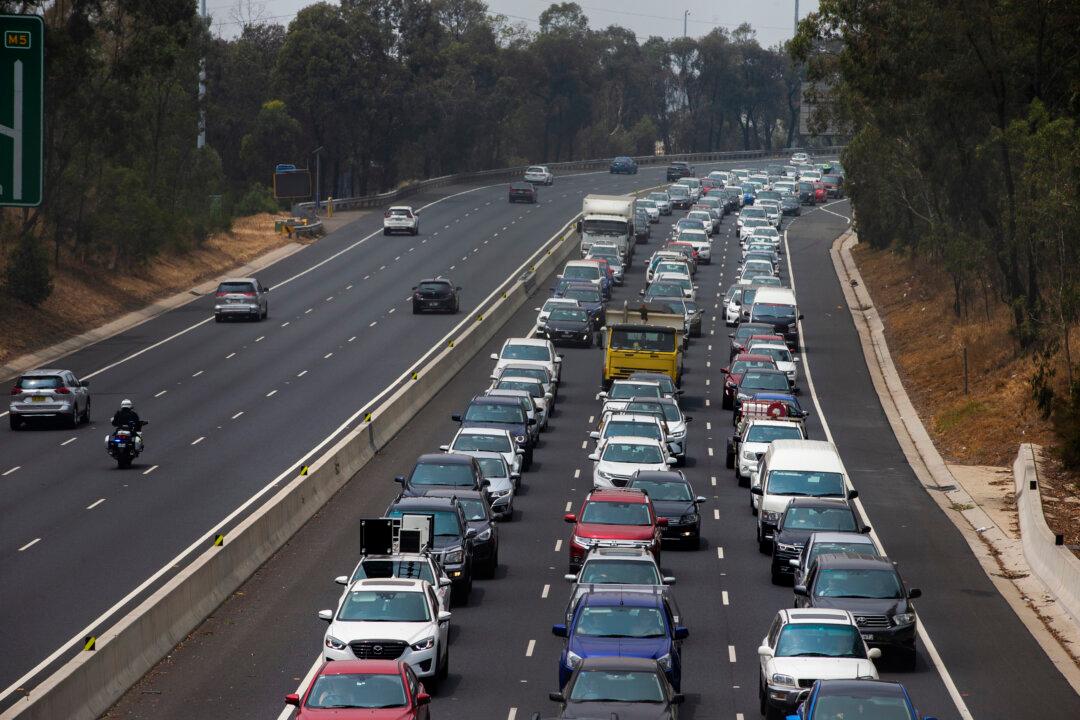A Senate inquiry looking into ways to mitigate noise complaints levelled against Brisbane Airport has received submissions from a pilots association, accusing the airport of appeasing a “small but vocal segment” of people with vested interests.
Representing 7,100 pilots, the Australian Airline Pilots’ Association (AusALPA), said in its submission that complainants who were “lulled into a false environmental perception by the lack of aviation activity during the majority of the COVID-19 pandemic” were now making baseless claims that increased air traffic was affecting their property values.





